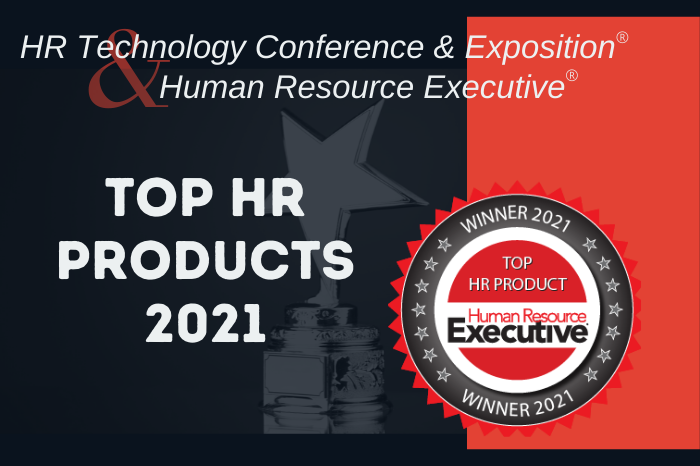When the COVID-19 pandemic hit, certain industries were hit much harder than others–particularly the service and entertainment industries, which saw an almost total shut down and in the following months struggled to get employees to come back.
“The great recession is real,” Laura Lee, CHRO of MGM Resorts, said during a recent HRE webinar. “Never in our wildest dream did we think we’d shut down every casino on the Las Vegas strip.”
To combat the great rehiring–and retention–challenges, MGM has taken critical steps to invest in its employees, provide deeper employee engagement and help build their skills and confidence to provide the best customer experience possible through use of virtual reality, Lee says.
Related: Walmart’s solution to teaching workers kindness: virtual reality

“I loved it. It clicked right away,” she recalled of her testing experience with Strivr, a Palo Alto, Calif.-based software company, saying she immediately pursued her CEO and COO to get them on board with the new HR technology platform.
She noted that MGM plans to start small, rolling out new VR courses in specific departments like guest services. “[Guest services are] critical to the hospitality business,” she said. “At that size and scale, it’s difficult to get consistency.”
But training in a virtual setting allows employees to fail and learn from their mistakes, she says. “I was an hourly employee once and there is nothing worse than failing in front of a customer,” she says. “They will let you know.”
“If we have VR starting with our guest service platform, we can show what our expectations are for employees and give them an opportunity to learn,” she said.
See also: How VR can boost L&D during stressful times
Derek Belch, founder and CEO Strivr, equates using virtual reality to pilot training. VR allows pilots to practice repeatedly until they’ve proven they can fly a plane correctly in the real world.
“Learning by doing is something VR allows all learners to do–from a janitor up to the CEO,” says Belch, who also participated in the webinar.
Other HR leaders considering implementing similar VR training tools should start small and in a department or division that makes sense, Lee suggests.
“Find that one fabric that permeates throughout your organization and scale it,” she says. “Ours was guest services.”
Lee also recommends rolling out VR carefully, after perfecting the details.
“Work with your team to find the right scenarios,” she says. “If you need to, grab a COO or hospitality chief and throw some headsets on them. They’ll get it. That’s very critical.”
And don’t be afraid, Lee says. It’s important, especially as HR leaders, to understand your business strategy and your employee base. “We should always be looking to improve learning opportunities so employees can be the best they can.”





